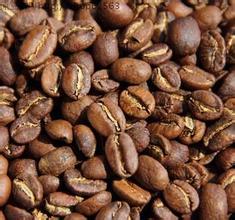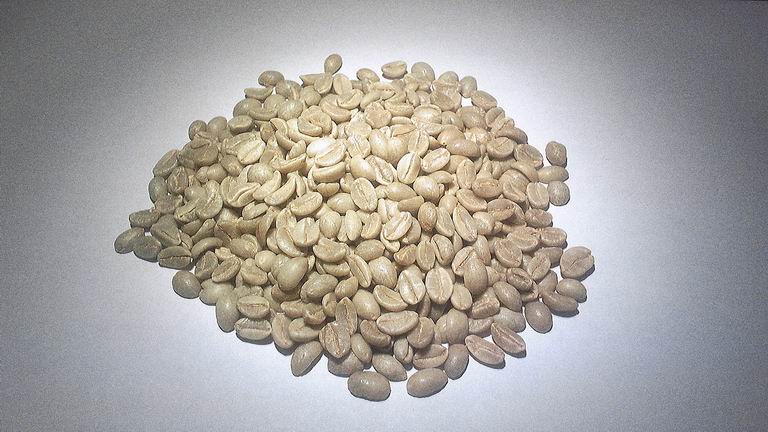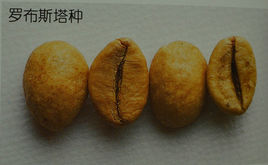Boutique coffee beans-details of Yega Xuefei, Ethiopia
Ethiopia is one of the oldest coffee countries in the world. Traditionally, Ethiopian coffee beans have been sun-dried, and the whole process is very extensive, so there are many defective beans, and the quality is uneven and difficult to control. However, since learning and introducing the washing technology and processing and drying methods of Central and South America, the quality of raw beans has been greatly improved, so that Ethiopia's washed beans not only have a clean appearance, but also have strong floral and unique citrus flavor coffee.
Most of Ethiopia's coffee production is exported to advanced countries and, unlike other coffee-producing countries, 50 per cent of Ethiopia's coffee production is consumed domestically. Nevertheless, more than 60 per cent of Ethiopia's foreign currency exports are derived from the coffee trade, which is representative of Ethiopia's economic situation. Ethiopian Yegasherfi's floral aroma and characteristic fruity flavor make Yegasherfi one of the world's most famous fine green beans.
Cochir, a small region located 25 km southeast of Yegashefi, has a more intense lemon aroma and fruity sour, soft taste than coffee from other regions, making it a typical sample of Yegashefi.
Area: Yegeshefi Kocher
Variety: Typica, etc., harvest period from October to February
Altitude: 1800-2000 m
Moisture: 11.6%
Treatment method: washing
Cup test information: sweet and mellow, blueberry, red wine, citric acid, excellent flavor
Cup score: 86.5
Recommended baking degree: medium baking

Important Notice :
前街咖啡 FrontStreet Coffee has moved to new addredd:
FrontStreet Coffee Address: 315,Donghua East Road,GuangZhou
Tel:020 38364473
- Prev

Low caffeine varieties-variants of pointed bourbon and wild low caffeine coffee trees in Ethiopia
In 1715, the French transplanted the Yemeni round mocha to Bourbon Island in the Indian Ocean on the east coast of Africa. Because the island was isolated from the African continent, the soil and water climate was different from that of Yemen. By 1810, the bean body changed from the original round body to a pointed body, and the tree height was also lower.
- Next

About the characteristics and uses of robusta beans-not all robusta beans are shoddy beans
[introduction] "Robusta" coffee is commonly known as "sturdy beans". It can be planted at low elevations (200 to 800 meters above sea level). It has strong resistance to diseases and insect pests and is not vulnerable to agricultural diseases. the annual output of coffee trees per unit area is higher, and it is harvested in large quantities by machine. generally speaking, the production cost is much lower than that of Ala "Robusta" coffee, commonly known as "sturdy beans", low altitude areas (elevation 200 to 800)
Related
- Guji coffee producing area of Guji, Ethiopia: Humbela, Shakiso, Wulaga
- What is the most expensive variety of Qiloso in BOP multi-variety group?
- How to store the coffee beans bought home?
- Why are Yemeni coffee beans so rare now?
- Ethiopian Sidamo all Red Fruit Sun Sun Santa Vini Coffee beans
- SOE is mostly sour? What does it mean? Is it a single bean? what's the difference between it and Italian blending?
- Is Italian coffee beans suitable for making hand-brewed coffee?
- How to choose coffee beans when making cold coffee? What kind of coffee beans are suitable for making cold coffee?
- Just entered the pit to make coffee, what kind of coffee beans should be chosen?
- Can only Japan buy real Blue Mountain Coffee? What are authentic Jamaican Blue Mountain coffee beans?

